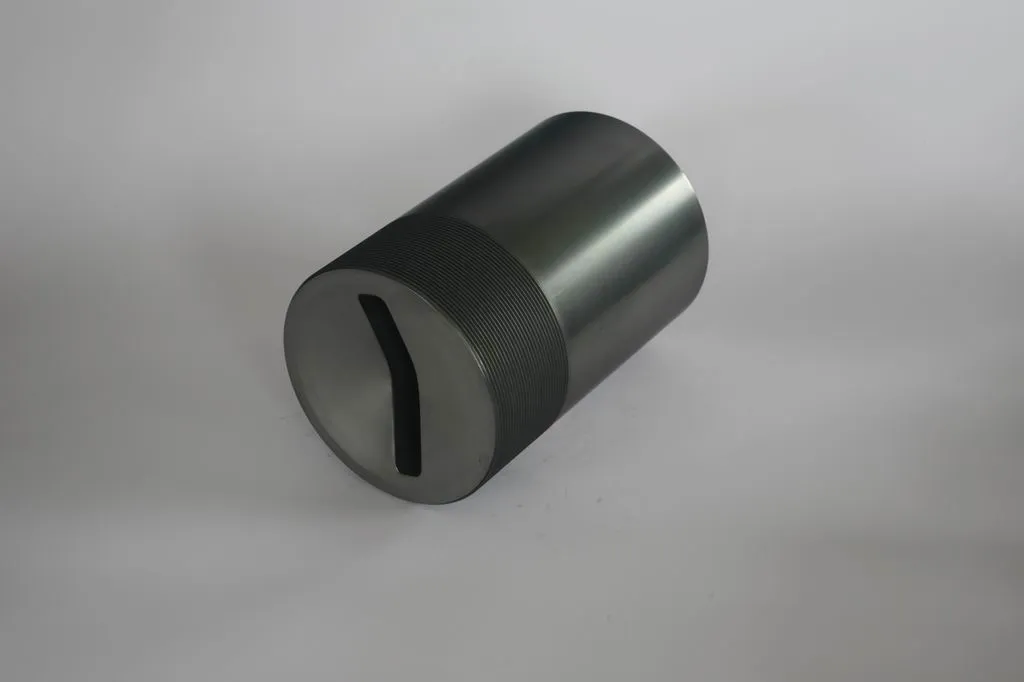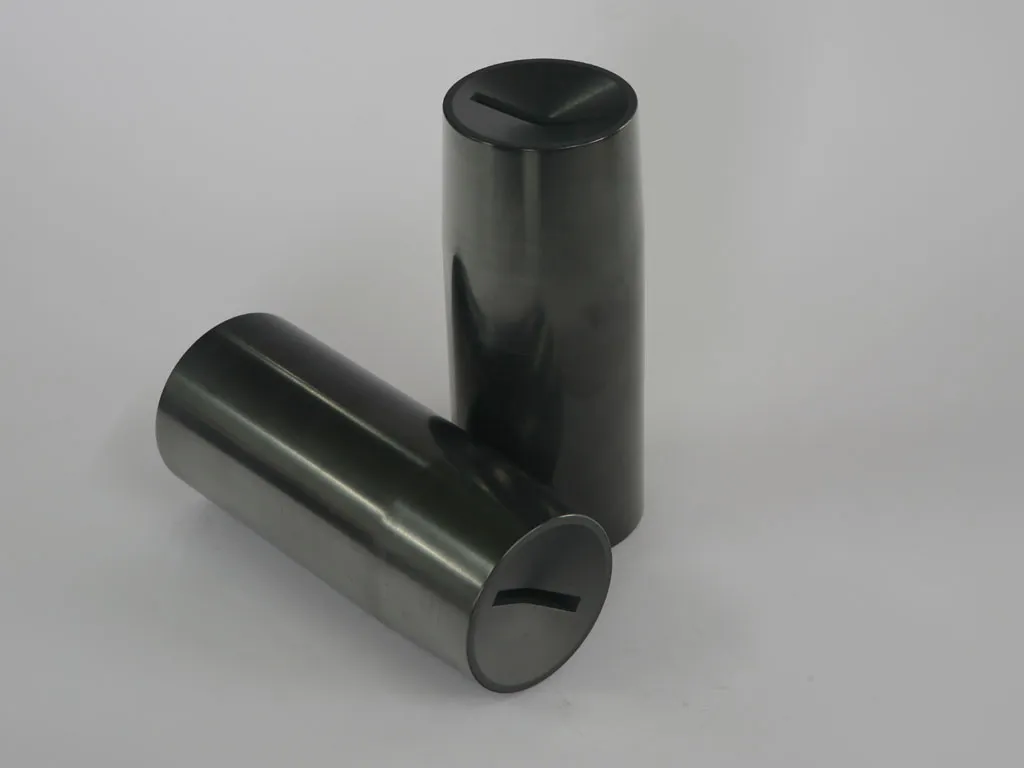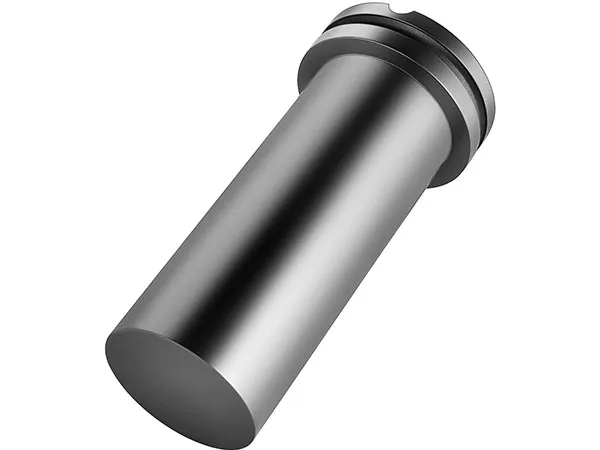Time: 2025-01-21 06:25:32 Source: Cangzhou Carbon Technology Co., Ltd.
Graphite materials come in various types, categorized by their production methods, structure, and properties. Each type has specific characteristics that make it suitable for different applications. Below are the main types of graphite materials:

Derived from naturally occurring deposits, natural graphite is classified based on its crystalline structure:
Flake Graphite:
High crystallinity and excellent conductivity.
Used in batteries, lubricants, and as a precursor for expandable graphite.
Amorphous Graphite:
Lower crystallinity and purity than flake graphite.
Commonly used in brake linings, lubricants, and gaskets.
Vein (Lump) Graphite:
Found in veins and fissures; high purity and conductivity.
Often used in advanced applications like carbon brushes and high-temperature metallurgy.
Artificially produced by heating carbon-based materials (e.g., petroleum coke) at high temperatures. Types include:
Electrode Graphite:
Used in electric arc furnaces, batteries, and electrolysis.
Isostatic Graphite:
Produced using isotropic methods, resulting in uniform properties.
Used in semiconductor, aerospace, and nuclear applications.
Extruded Graphite:
Manufactured by extruding graphite powder into shapes.
Commonly used for electrodes and crucibles.
Molded Graphite:
Formed by pressing graphite powder into molds.
Suitable for applications like dies and molds in continuous casting.

Made by treating flake graphite with acid and heat to expand its layers.
Commonly used in gaskets, thermal management, and fireproofing.
Carbon materials processed at high temperatures to enhance graphitic structure.
Used in products like carbon brushes, crucibles, and heat exchangers.
Produced through chemical vapor deposition (CVD) of carbon.
Offers excellent thermal conductivity, chemical resistance, and anisotropy.
Used in heat spreaders, X-ray targets, and advanced aerospace components.
Single or few-layer graphite sheets with remarkable electrical, thermal, and mechanical properties.
Applied in electronics, sensors, and advanced composites.

Made by compressing expanded graphite into thin sheets.
Used in gaskets, seals, and heat dissipation applications.
High-purity graphite designed to withstand radiation and high temperatures.
Used in nuclear reactors as a moderator and structural material.
Would you like more details about a specific type of graphite or its applications?